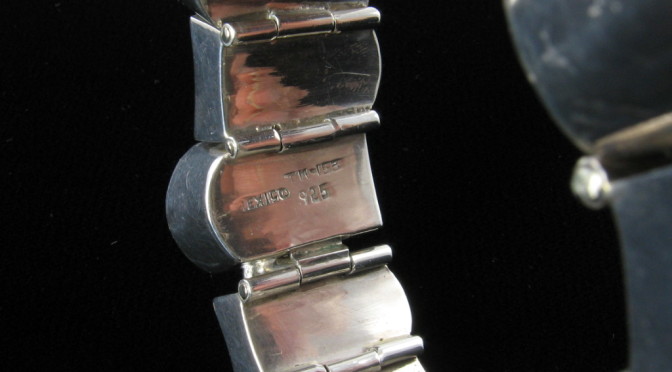One of the biggest challenges in identifying a piece of jewelry is deciphering the marks that you find on the back. You’d think that a mark would, literally, spell out what you have but many marks are symbols, initials, pictures, and sometimes fakes. There is no single book that will identify hallmarks and maker’s marks throughout the world in a comprehensive way but, depending on your needs, there are several excellent books each with its own area of specialization. If you are looking for books that provide some information about marks, but not the level of detail addressed below, see my post on Building a Library of Jewelry Books: the Basics.
Follow









